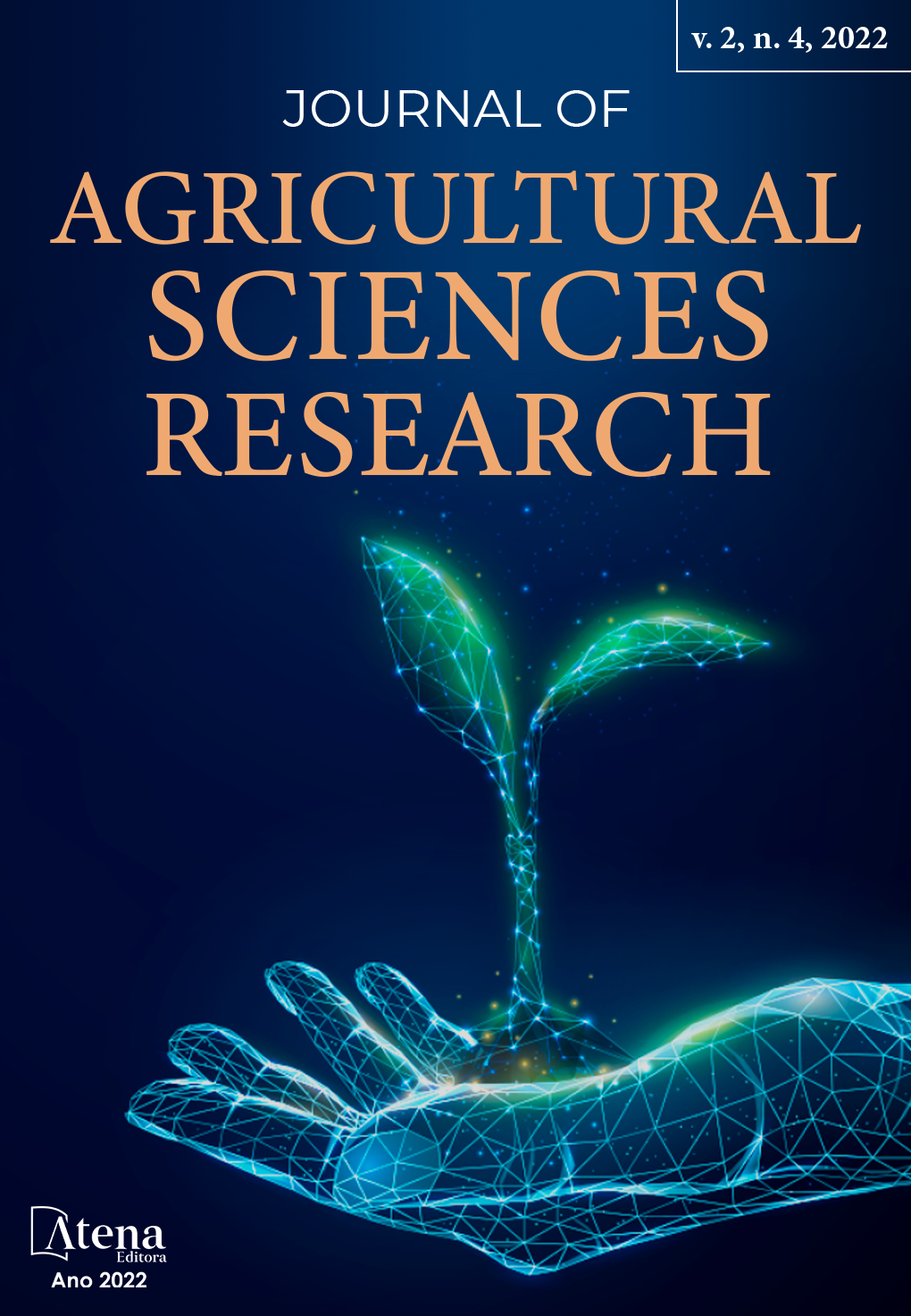
SOIL WATER STATUS, MINERAL NUTRITION AND BIOLOGICAL RESPONSE OF SOYBEAN UNDER PROTECTED ENVIRONMENT CONDITIONS
Soybean (Glycine max L.) has been gaining more and more importance in terms of crop production, once yield components are to be directly impinged upon soil water supply and phosphorus in the soil so that such a crop might be able to express its productive potential at a given specific-site and/or cropping region. The main aim of the current study was to assess both crop productivity and yield components for two distinct genotypes of soybean under the influence of different soil water regimes (120%, 100%, 80%, 60% and 40% ETm) and increasing doses of P2O5 (0 Kg ha-1, 240 Kg ha-1, 480 Kg ha-1 and 720 Kg ha-1) throughout two crop growing seasons under protected environment conditions at the municipality of Ponta Grossa, Paraná State, Brazil. The statistical design was a randomized block design at a factorial scheme 4 x 2. A suitable soil water supply might trigger the best phosphorus uptake efficiency, since a soil water amount above crop water ideal climatic demand culminates in best agricultural responses at soybean commercial fields. Increasing water amounts are conducive to the highest yields in conjunction with nutritional status more favorable to crop physiology as a function of local atmospheric demand throughout the crop growing season.
SOIL WATER STATUS, MINERAL NUTRITION AND BIOLOGICAL RESPONSE OF SOYBEAN UNDER PROTECTED ENVIRONMENT CONDITIONS
-
DOI: 10.22533/at.ed.973242202059
-
Palavras-chave: Glycine max L, Casa de Vegetação, Umidade do Solo, Adubação, Componentes de Rendimento, Demanda evaporativa da atmosfera.
-
Keywords: Glycine max L, greenhouse, soil water, soil fertility, yield components, atmospheric demand, evapotranspiration.
-
Abstract:
Soybean (Glycine max L.) has been gaining more and more importance in terms of crop production, once yield components are to be directly impinged upon soil water supply and phosphorus in the soil so that such a crop might be able to express its productive potential at a given specific-site and/or cropping region. The main aim of the current study was to assess both crop productivity and yield components for two distinct genotypes of soybean under the influence of different soil water regimes (120%, 100%, 80%, 60% and 40% ETm) and increasing doses of P2O5 (0 Kg ha-1, 240 Kg ha-1, 480 Kg ha-1 and 720 Kg ha-1) throughout two crop growing seasons under protected environment conditions at the municipality of Ponta Grossa, Paraná State, Brazil. The statistical design was a randomized block design at a factorial scheme 4 x 2. A suitable soil water supply might trigger the best phosphorus uptake efficiency, since a soil water amount above crop water ideal climatic demand culminates in best agricultural responses at soybean commercial fields. Increasing water amounts are conducive to the highest yields in conjunction with nutritional status more favorable to crop physiology as a function of local atmospheric demand throughout the crop growing season.
-
Número de páginas: 12
- André Belmont Pereira
- Eduardo Fávero Caires
- Gabriel Correa Plodoviski


